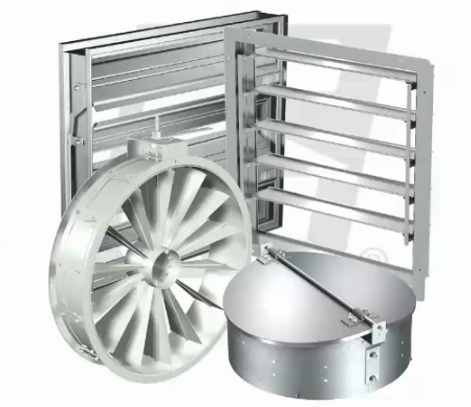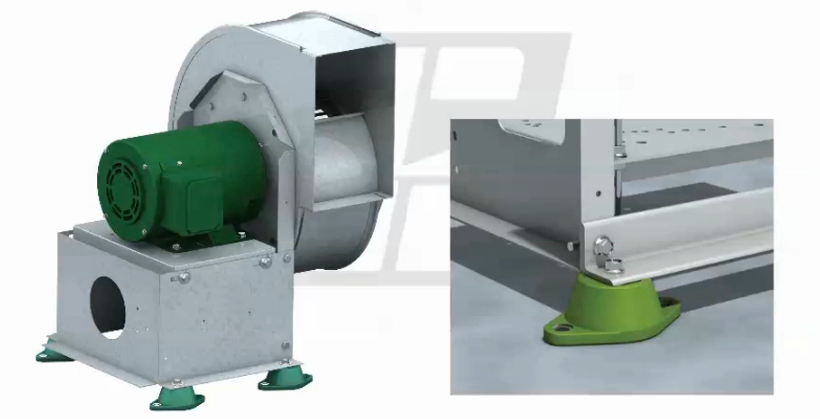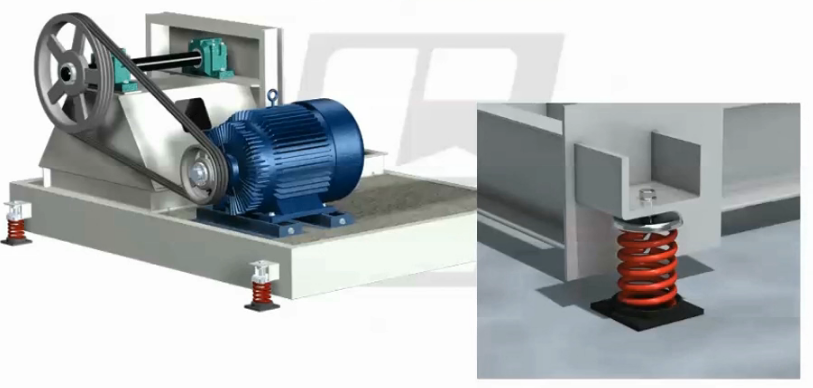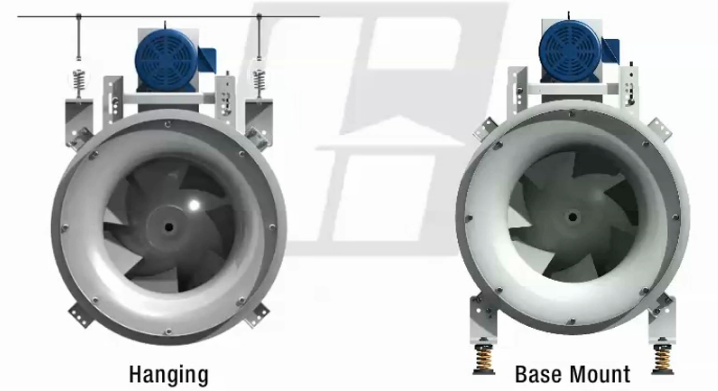A damper is a common fan accessory used to control airflow. Dampers are selected based on a number of criteria, including application, fan type, and mounting orientation. Damper types include a backdraft damper designed to keep air from entering or leaving the building when the fan is de-energized. Simply put, when the fan power is down, the blades close. Butterfly dampers, a type of backdraft damper, are generally used in high-volume up-blast roof mounted fans. They control the elements from entering or leaving the building when the fan is de-energized. Volume control dampers regulate the amount of air that enters or leaves the fan. And an inlet vane damper which is a type of control damper. They are used when mounting other types of damper further away from the inlet is not practical or desired. The vanes in the damper help rotate the air into the inlet. Inlet vane dampers are more restrictive than other damper types.
Not only is it important to understand dampers, it is equally important to know how they operate. They can be operated in the following ways: 1. gravity, which is simplest way: the airflow or the building pressure opens and (or) closes the damper blades. 2. actuators which are used to mechanically control the operation of the blades. 3. manual quadrants which are hand operated controls that can be adjusted and locked in position to keep the airflow at a constant volume.

Another common accessory used with fans is an isolator. Isolators are used to help reduce the amount of noise and vibration transmitted into the building. Isolators in the HVAC industry are typically made with a type of rubber or with steel spring. The more the rubber or spring is compressed under the static load of the equipment, the more it is likely to isolate noise and vibration. This amount of compression is referred to as deflection. Small amounts of deflection are sufficient to isolate higher frequencies of vibration. Greater amounts of deflection are used where lower frequencies of vibration need to be isolated.
Isolators with higher deflection ratings may also be used for more critical applications or help compensate for less rigid mounting surfaces, like long floor spans. Rubber isolators are used where less deflection is required. They are commonly used with small light weight equipment and equipment running at higher speeds. Rubber isolators can be molded from a number of different materials. But one of the most common is the neoprene.

Spring isolators are typically used with larger and slower running fans.

Both rubber and spring isolators are available in two different types of mountings: hanging and base mount. Base mount isolators may also be referred to as floor mounted isolators.
